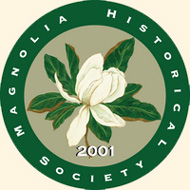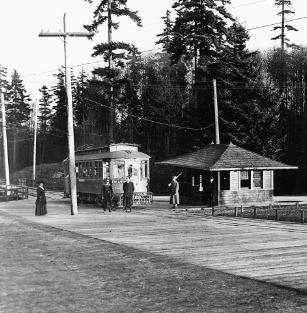Excerpted and Written by Monica Wooton
President of the Magnolia Historical Society
It was a dream that was many years in the making. As early as 1917, the all-women Children’s Orthopedic Board of Trustees, led by Anna Clise, wife of Seattle pioneer developer James Clise, talked of the new concept of convalescent homes. In 1924, a letter was written that expressed clearly the desire to pursue the idea.
“Dear Sir:
Re: Work of the Children’s Orthopedic Hospital.
Of the twenty-four women who constituted the first board of Trustees, January, 1907, seven are still serving…
In the beginning we had in mind surgeons, nurses, and the building where they could work. In short time we learned that most of the orthopedic cases were long, tedious cases, needing great care for many months…Often when a child no longer needs the costly service of the active hospital and is taken to his home wearing a brace or cast, with instructions to report back at stated intervals for examination and treatment, we often find that he has been neglected at home, his cast or brace is broken or displaced and our work, much of it, has to be done over due to this parental neglect. For such children as these, and they are numerous, the convalescent home has long been needed. In such a home the patients could be cared for at less expense than in the main hospital in the city and until a complete cure could be effected. In such a home all the school work should be carried on and the children have access to a garden and where they could help in the care of domestic animals.
Several sites have been offered to the trustees of the Orthopedic . . . Doctors and nurses could go out from the hospital easily and parents of children could go back and forth. It should have perfect drainage, good soil, land enough for a garden, place to keep a cow, chickens, etc. . . .
. . . It will be plain from this statement that the convalescent home has been a subject about which we have talked and dreamed, but had little hope of compassing with our means.
Sincerely Yours,
OWR:P
Treasurer, COH”
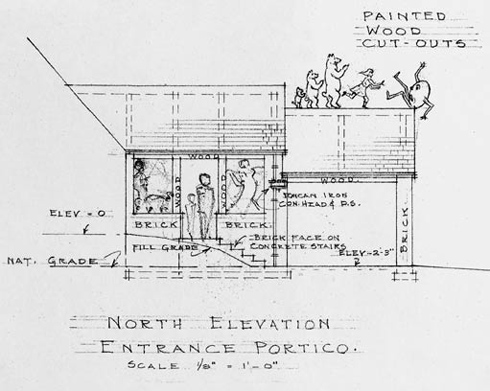
Taken from original architectural drawings of William J. Bain, Sr. and Lionel Pries, this artwork illustrates a fanciful approach to the seriousness of designing a convalescent home for children.
Courtesy of William J. Bain, Jr. 1929.
In 1930, The Convalescent Home for Crippled Children became a reality. The property was obtained through the sleuthing of Children’s Orthopedic lawyers who revealed a somewhat shady lawyer who had fallen in possession of land tucked in at the end of a lane in Kiwanis Ravine on Magnolia. It had originally belonged to the Post Engineer of Fort Lawton W.W. Robinson, who arrived in the late 1880’s. The neighborhood was shanties with the reputation of being bootlegging operations. But the land was described by Frank Shelberg, chair of the Foundation established by the Elks to raise money for the cause:
“. . . I visited the new site near Fort Lawton yesterday. Since you have not seen this property, unless within the last few days—and not that my opinion amounts to much—I want to say that under the perfect weather conditions that existed yesterday the view for more than 180 degrees is unobstructed and is an interesting panorama of just about everything that will interest kiddies.”
Jeanette Skinner, who served on the Orthopedic Guild, while on vacation wired home a telegram offering to pay the $5,000 for the land. She was the wife of Ned Skinner, grandson and heir of David Skinner, partner in the Skinner & Eddy Shipyard, Pacific Steamship Co., and the Port Blakely Mill.
The building designed by William A Bain, famed for the camouflaging of the Boeing plant during WWII in collaboration with Lionel Pries, made the dream a reality. The design of the building was workable for good convalescence–like child-sized features and open space that could be examination rooms then switched to be social areas. They included whimsical touches to please the young residents. The fireplace was flanked by large posts that were carved into bears. The entrance had cut-outs of nursery rhyme characters, frescoes were on the walls, a large vegetable garden that the children could work in and a large accessible patio was designed for outdoor parties. The Seattle Public Schools provided tutors.
The Junior League ran the home for the Children’s Orthopedic. The Elks raised money through the Elks’ Birthday Utopian Crippled Kiddie Service (the BUCKS), the Ballard Elks Chapter and their “Lady Elks” had it as their particular philanthropy.
“There are pages and pages of League minutes that document the healthy and good-spirited child-centered activities and gifts the League members planned for this philanthropy: curtain making, gifts of furniture, the furnishing of beds, hand-sewn corduroy bathrobes, manual therapy, public school educations, teas and the annual birthday parties, summer yacht rides, dresses for girls, golf socks made into leggings, school supplies and a certified teacher loaned by the Seattle School Board to teach each day, knitting of sweaters, turkey for Thanksgiving, a trimmed Christmas tree, gifts and donations, tickets from the Paramount Theatre to see Tom Sawyer, Sunday school, the Seattle Rainiers playing a charity game, swings in a garden, a Valentine’s Day party, a showing of the movie Felix the Cat, the canning of 1,200 quarts of fruit.”
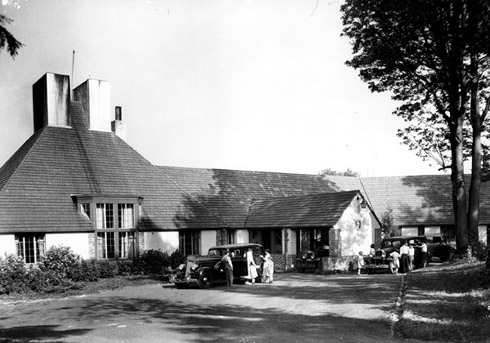
A view of the Convalescent Home in the 1930s.
University of Washington Libraries, Special Collections Division,
Children’s Orthopedic Hospital Photograph Collection, Seattle, Collection E16, #15/1.
The demands of the World War II years diminished the ability to keep the Home running. It was used as a temporary place for children’s care when the main hospital was remodeled and subsequently housed foster children as the Ryther Center. On October 11, 1957, the property was sold. The building never again housed children as it had in the days of the Convalescent Home and as the building approached its end, it was the Lock View Nursing Home for the elderly. The Convalescent Home no longer possessed the healing philosophy and charm that it had had as originally designed and developed during the years the League, the Elks, and Children’s Orthopedic were in charge.
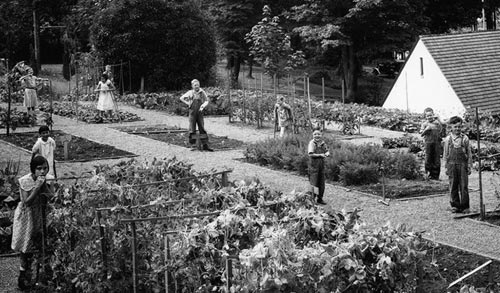
Children pose next to their garden patch at the Convalescent Home.
University of Washington Libraries, Special Collections Division, Children’s Orthopedic Hospital Photograph Collection, Seattle, Negative #Coll. E16 15/1.
The Convalescent Home building became the object of a City of Seattle Landmark Designation Hearing. The Magnolia Historical Society with others worked long and hard to attempt to establish protection for the Home. Years of benign neglect and alterations to the building led to the designation failing by one vote.
Now…
Single family homes make up a small development on the site. One of the home owners recently contacted the Magnolia Historical Society regarding possession of the cornerstone and a piece of art that was in the Home with the desire to donate them. It seems that these artifacts were given to the buyers as part of the property sale as well as another artifact to another buyer. Though difficult to find permanent historical homes for, these pieces serve to remind us to retell the story of this amazing place and again share the photographs that document its existence on Magnolia more than 80 years ago. (The developer had given the contents of the corner stone to the Magnolia Historical Society, who had them housed in the Special Collections University of Washington Library in the Magnolia Historical Society archives.)
To read this story in its complete form and other interesting articles regarding Magnolia history, purchase our history book here online, or call 206.284.5480.

